Veterinary Insight: Tobramycin Ophthalmic 5 mL for Treating Canine Eye Infections
Eye infections in dogs can be both painful and dangerous if left untreated. Among the most commonly prescribed treatments for bacterial eye infections is Tobramycin Ophthalmic Solution, particularly the 5 mL formulation. This potent antibiotic eye drop is used to treat a range of ocular conditions caused by susceptible bacteria. In this comprehensive blog, we explore everything dog owners and veterinary professionals need to know about using Tobramycin Ophthalmic Solution 5 mL in dogs.
What Is Tobramycin Ophthalmic Solution 5 mL?
It is formulated as an ophthalmic solution, making it safe for direct application into the dog’s eye.
Key Characteristics:
- Form: Sterile ophthalmic solution
- Concentration: Typically 0.3% (3 mg/mL)
- Volume: 5 mL dropper bottle
- Type: Prescription-only veterinary or human medicine
Indications: When to Use Tobramycin for Dogs
Common Conditions Treated Include:
- Conjunctivitis (bacterial pink eye)
- Blepharitis (eyelid inflammation)
- Keratitis (corneal inflammation)
- Corneal ulcers
- Dacryocystitis (tear duct infection)
- Post-surgical eye infections
Effective Against Bacteria Such As:
- Staphylococcus aureus
- Staphylococcus epidermidis
- Pseudomonas aeruginosa
- Escherichia coli
- Klebsiella pneumoniae
- Haemophilus influenzae
- Proteus mirabilis
Benefits of Tobramycin Eye Drops in Dogs
- Rapid Onset: Begins working within 1–2 hours of application.
- Low Systemic Absorption: Minimizes risk of systemic side effects.
- Safe for Long-Term Use: Can be used for up to 7–10 days under vet supervision.
- Convenient Dosage Form: Dropper bottle allows precise administration.
Complete Administration Guide with Dosage Table for Tobramycin in Dogs
It comes in a 5 mL sterile dropper bottle and is administered directly into the dog’s eye(s) as prescribed by a veterinarian.
Dosage for Tobramycin in Dogs
| Condition Treated | Dog Weight | Dosage (per eye) | Frequency | Typical Duration |
| Bacterial Conjunctivitis | Small (<10 kg) | 1 drop | Every 8–12 hours | 7 days |
| Medium (10–25 kg) | 1–2 drops | Every 8 hours | 7–10 days | |
| Large (>25 kg) | 2 drops | Every 6–8 hours | 10 days | |
| Keratitis | All sizes | 1–2 drops | Every 6 hours | 10–14 days |
| Corneal Ulcer (mild/moderate) | All sizes | 1–2 drops | Every 4–6 hours | Until resolved |
| Blepharitis (eyelid infection) | All sizes | 1 drop | Every 8 hours | 7–10 days |
| Post-Operative Prophylaxis | All sizes | 1 drop | Every 8 hours | 3–5 days post-surgery |
| Tear Duct Infection | All sizes | 1–2 drops | Every 6–8 hours | 7–14 days |
Note: Always follow your veterinarian’s prescribed regimen. This table is a general guide and does not replace professional diagnosis or instructions.
Step-by-Step Administration Instructions
Proper administration ensures effective treatment and minimizes complications. Follow these veterinary-approved steps for applying Tobramycin eye drops to your dog:
Before You Begin
- Wash your hands thoroughly.
- Have clean tissues or cotton balls
- Keep your dog calm and steady—use treats, a gentle voice, or a towel wrap if needed.
How to Apply Tobramycin Eye Drops
- Position Your Dog
- Have your dog sit or lie down.
- Use a second person to help hold the head steady if needed.
- For small dogs, wrapping in a towel (“dog burrito”) can help prevent movement.
- Tilt the Head Upward
- Gently tilt your dog’s head back.
- Use your thumb to pull the lower eyelid down to form a small pouch.
- Administer the Drops
- Squeeze 1–2 drops (as prescribed) into the eye pouch.
- Do not let the dropper touch the eye or fur—this can cause contamination.
- Let the Dog Blink
- Release the eyelid gently.
- Allow your dog to blink naturally to spread the medication across the eye.
- Wipe Away Excess
- Praise and reward your dog with a treat or affection.
Multi-Medication Timing Tips
If your dog is prescribed multiple eye medications:
- Apply eye drops before ointments.
- Wait 5–10 minutes between each medication.
- Use separate bottles for each pet (never share medications).
When to Contact Your Veterinarian
Stop treatment and contact your vet if:
- Your dog shows redness, swelling, or increased discharge after use
- No improvement after 3–5 days of treatment
- The eye condition worsens (cloudiness, pawing, discomfort)
- Your dog has a known allergy to aminoglycosides
Essential Safety Guidelines and Contraindications in Dogs
Safety Overview
Tobramycin Ophthalmic Solution 0.3% is generally considered safe for most dogs when used under veterinary supervision. Since it is topically applied and minimally absorbed into the bloodstream, the risk of systemic toxicity is extremely low. Its safety record is one reason why it remains a preferred ophthalmic antibiotic in veterinary medicine.
However, like all medications, Tobramycin can have risks if misused, overused, or given to sensitive animals. Careful handling, proper dosage, and close observation during treatment are essential to ensure safe and effective outcomes.
Contraindications: When Not to Use Tobramycin
Tobramycin Ophthalmic Solution should not be used in the following situations, unless specifically directed by a veterinarian:
| Condition | Reason for Contraindication |
| Known hypersensitivity to aminoglycosides | May trigger allergic reactions, including anaphylaxis or inflammation |
| Viral or fungal ocular infections | Antibiotics like Tobramycin are ineffective and may worsen the issue |
| Puppies under 6 weeks of age | Immature eye and immune development may increase risk |
| Concomitant aminoglycoside therapy | Increases risk of cumulative toxicity (nephrotoxicity/ototoxicity) |
Precautions to Take Before and During Use
Even in suitable cases, the following precautions should be followed to ensure the dog’s safety and therapeutic success:
1. Veterinary Diagnosis is Essential
- Always use Tobramycin only if the infection is confirmed or strongly suspected to be bacterial in nature.
- Avoid self-diagnosing eye conditions as viral or allergic eye issues can mimic bacterial symptoms.
2. Monitor for Allergic Reactions
- Watch for signs like excessive tearing, facial swelling, hives, or sudden redness, especially during the first 24–48 hours.
- Stop use immediately and contact your vet if these symptoms occur.
3. Avoid Contamination of the Dropper
- Contaminated droppers can introduce new pathogens and worsen infections.
4. Use Only for the Affected Dog
- Do not share the eye drops between dogs (or between pets and humans).
- Cross-contamination may lead to infection spread or inaccurate dosing.
5. Do Not Use Beyond 28 Days of Opening
- Tobramycin solution loses sterility and potency once opened.
- Always mark the opening date on the bottle and dispose of it after 28 days.
6. Use With Caution in Breeding Animals
- Safety in pregnant or lactating dogs has not been extensively studied.
Potential Side Effects
While rare, side effects can occur, especially if the dog is allergic or sensitive to the ingredients.
Mild and Common Side Effects
These usually resolve on their own:
| Symptom | Cause |
| Mild eye irritation | Reaction to solution base |
| Redness or watery eyes | Initial sensitivity |
| Eyelid twitching | Transient irritation |
| Increased blinking | Sensory response to drops |
These side effects are transient and typically last less than 30 minutes after application.
Severe or Rare Side Effects
Seek veterinary care immediately if any of these occur:
| Serious Symptom | Possible Cause |
| Facial swelling or hives | Allergic reaction |
| Persistent redness or discharge | Irritation or worsening infection |
| Lethargy, vomiting, or inappetence | Very rare systemic absorption reaction |
| Difficulty breathing or collapse | Severe anaphylaxis (extremely rare) |
Special Precautions with Other Medications
If your dog is on other medications (especially systemic or topical), discuss with your veterinarian to avoid drug interactions.
- Avoid concurrent use with other aminoglycoside antibiotics (e.g., gentamicin, amikacin), unless specifically directed.
Tips for Safe Use
- Refrigeration is not required but keep the bottle in a cool, dry place away from sunlight.
- Don’t stop early, even if the eye looks better—complete the full course unless advised otherwise.
Veterinary Clinical Insights
Veterinarians prefer Tobramycin Ophthalmic Solution due to its proven efficacy and safety profile. In clinical practice:
- Culture and sensitivity testing may be done for severe or chronic cases to confirm bacterial susceptibility.
- Tobramycin is often used in conjunction with anti-inflammatory eye medications, especially in corneal ulcers.
- In cases of concurrent viral or fungal infections, it is combined cautiously or avoided.
Conclusion
Tobramycin Ophthalmic Solution 5 mL is a trusted, effective, and widely used treatment for bacterial eye infections in dogs. Its broad-spectrum antibiotic properties make it ideal for conditions such as conjunctivitis, keratitis, blepharitis, and post-operative care. When administered correctly under veterinary supervision, it offers fast relief with minimal risk of side effects.As with any medication, it’s essential to follow your veterinarian’s dosage instructions closely, maintain proper hygiene during application, and watch for any unusual reactions. Most dogs tolerate tobramycin very well, and prompt, appropriate treatment often leads to a full recovery within days.







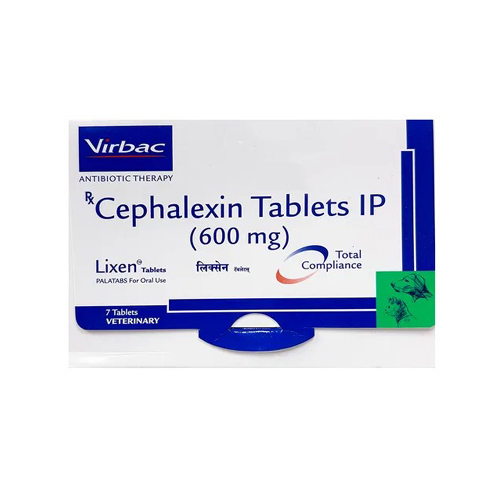
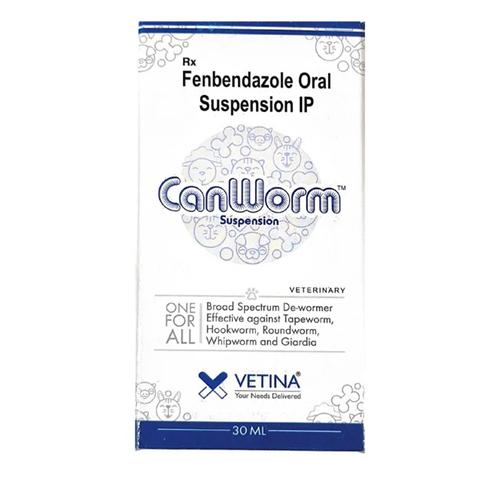



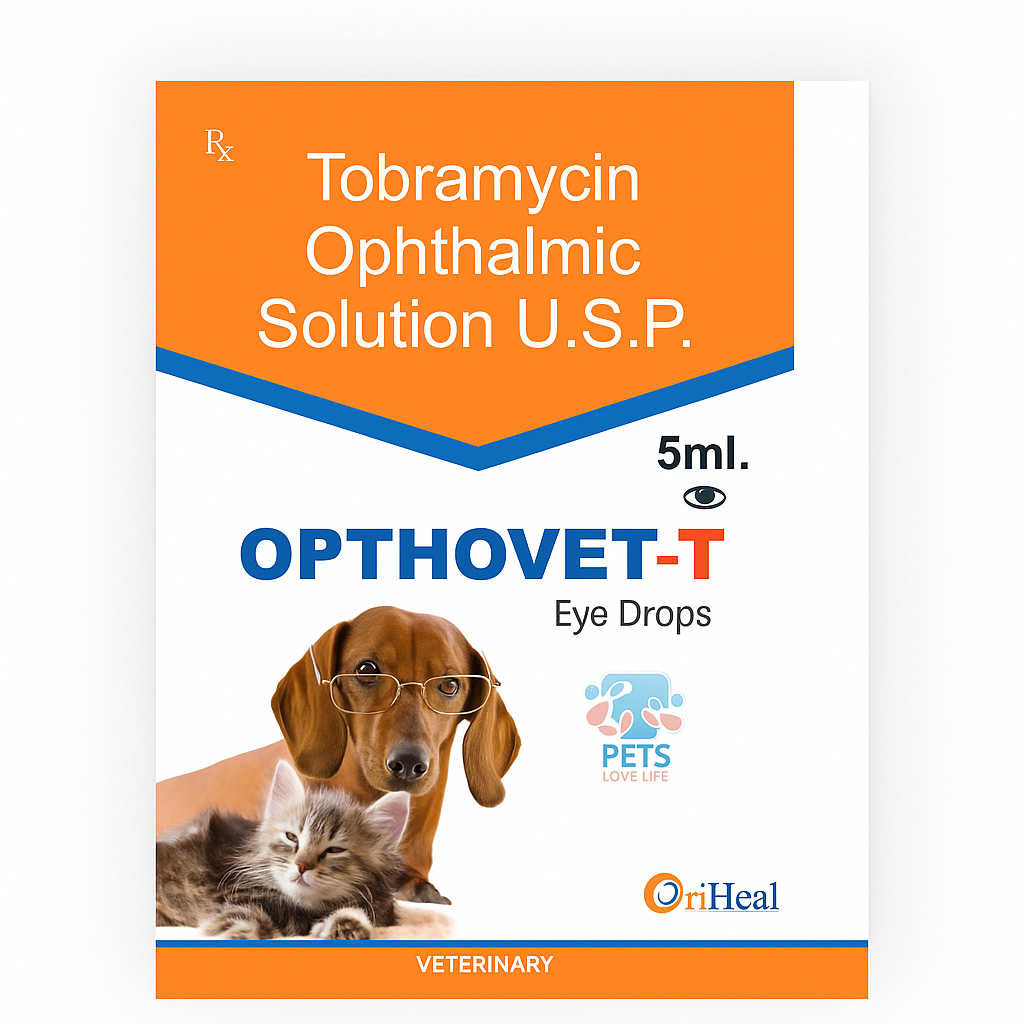
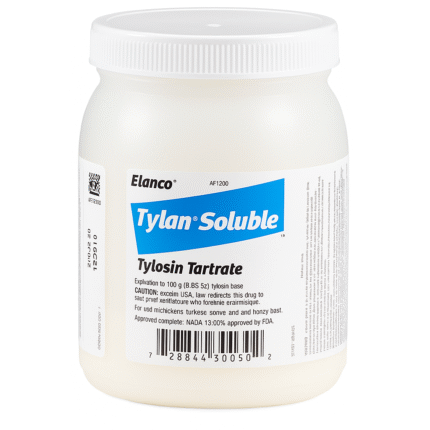
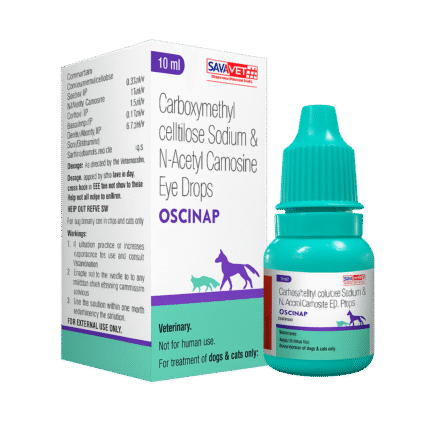
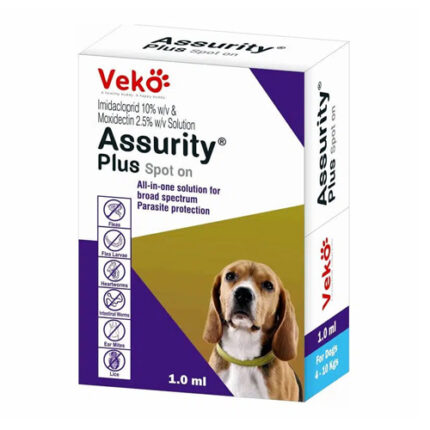
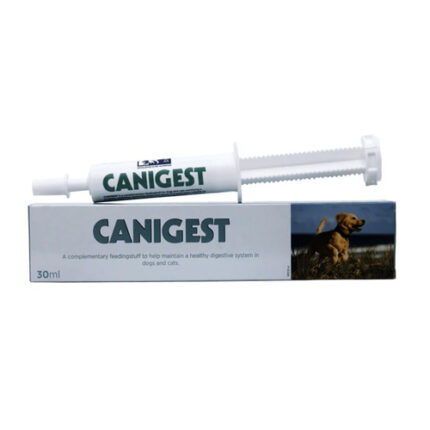

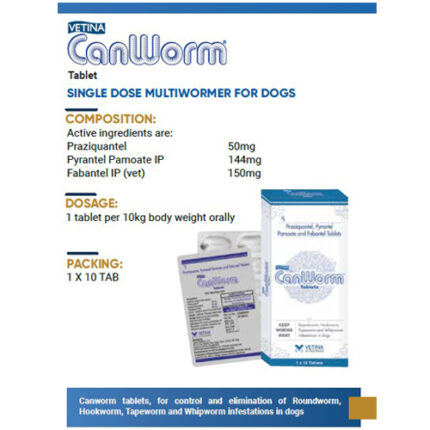
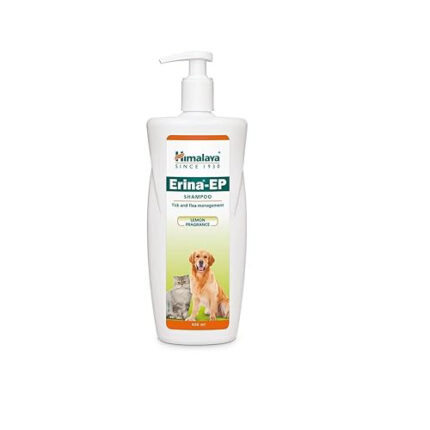
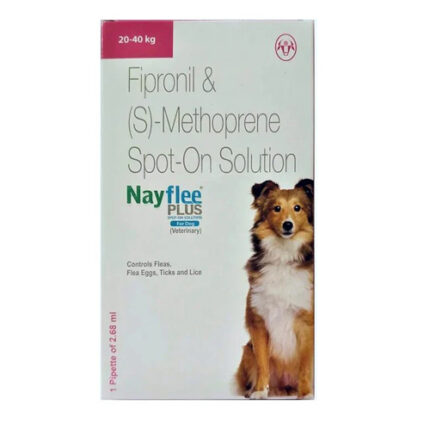
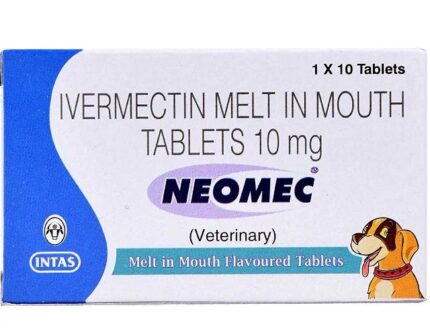
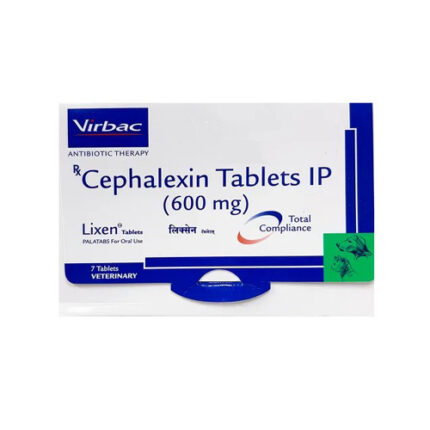
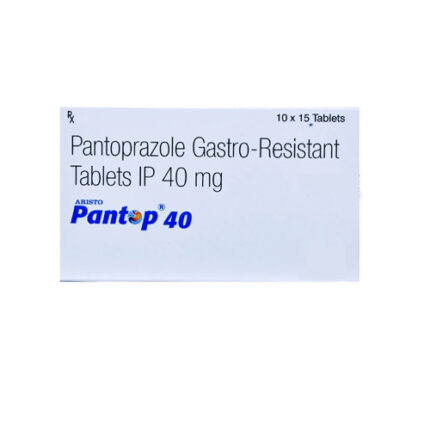
Reviews
There are no reviews yet.